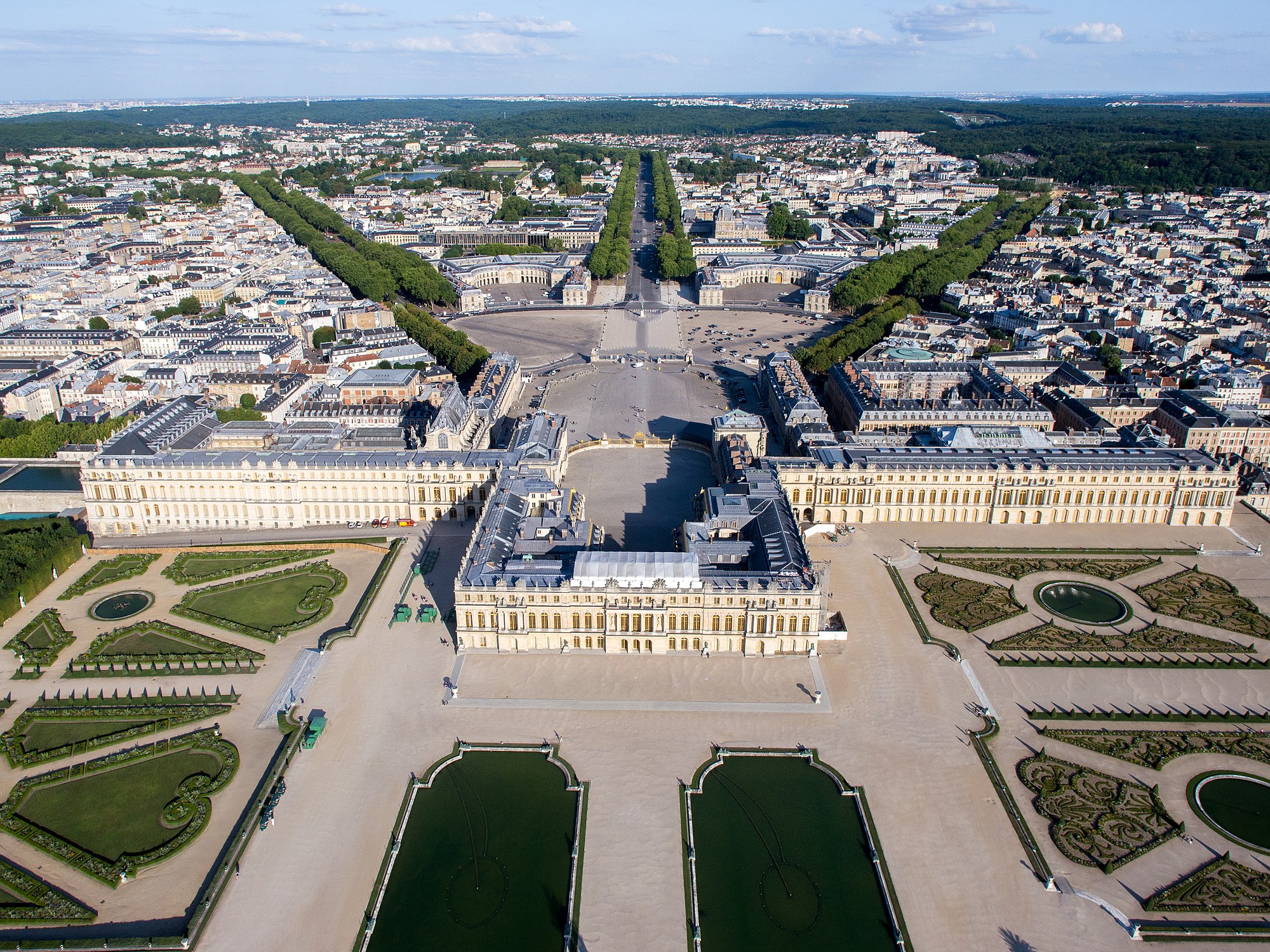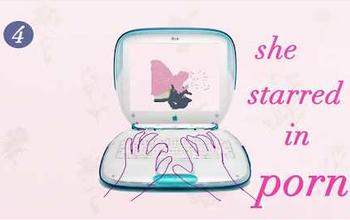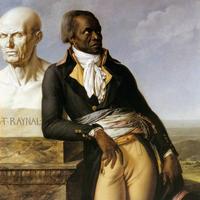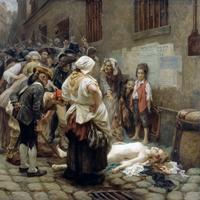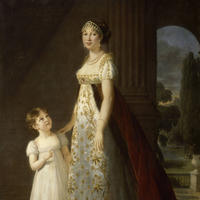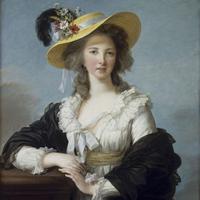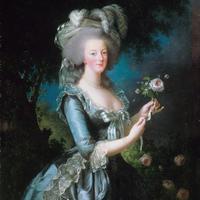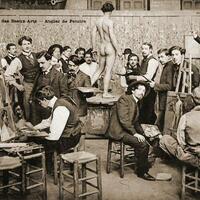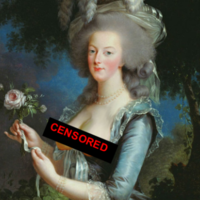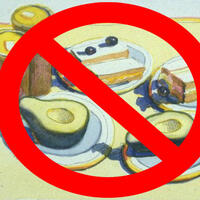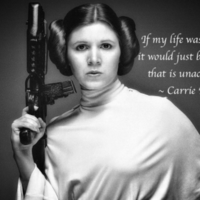More about Palace of Versailles
- All
- Info
- Video
Works at Palace of Versailles
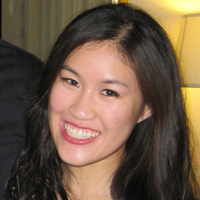
Sr. Editor
The Palace of Versailles all started with a simple hunting lodge ordered by Louis XIII in 1624.
New sections of the Palace went up and were torn down with each successor until heads were chopped off in 1789 during the French Revolution.
In 1793, Charles-François Delacroix, Eugene Delacroix’s father, wanted to melt down the statues in the gardens for cannons for the Revolution. His proposal was thankfully turned down when it was declared that Versailles and its contents belonged to the people. It became a storehouse for the other pilfered artwork confiscated from the bourgeois and churches.
The Palace itself covers 16 acres and the gardens spread out over 197 acres.
Though we think of Versailles as a massive palace with a few large grand apartments strewn around the grounds it was really more of a large apartment complex. Sure there were extravagant living quarters for the King and Queen and their favorites, in the hallways however, were approximately 350 small apartments, sometimes only one or two rooms that the courtiers got to fight over and trade like bargaining chips.
In 2008, Jeff Koons had a large-scale exhibit here with his shiny balloon sculptures. It was one of those weird juxtuposition modern/old type of things. The French were not amused.
The Palace is exceptionally well preserved making it perfect for filming. Some of them from the past 25 years: Dangerous Liasons, The Affair of the Necklace, Marie Antoinette, Midnight in Paris, and Farewell, My Queen.
Read a longer blog post about my visit to Versailles last summer.
Featured Content
Here is what Wikipedia says about Palace of Versailles
The Palace of Versailles (/vɛərˈsaɪ, vɜːrˈsaɪ/ vair-SY, vur-SY; French: château de Versailles [ʃɑto d(ə) vɛʁsɑj] ⓘ) is a former royal residence commissioned by King Louis XIV located in Versailles, about 19 kilometers (12 mi) west of Paris, France.
The palace is owned by the French Republic and since 1995 has been managed, under the direction of the French Ministry of Culture, by the Public Establishment of the Palace, Museum and National Estate of Versailles. About 15,000,000 people visit the palace, park, or gardens of Versailles every year, making it one of the most popular tourist attractions in the world.
Louis XIII built a simple hunting lodge on the site of the Palace of Versailles in 1623. With his death came Louis XIV who expanded the château into the beginnings of a palace that went through several changes and phases from 1661 to 1715. It was a favorite residence for both kings, and in 1682, Louis XIV moved the seat of his court and government to Versailles, making the palace the de facto capital of France. This state of affairs was continued by Kings Louis XV and Louis XVI, who primarily made interior alterations to the palace, but in 1789 the royal family and capital of France returned to Paris. For the rest of the French Revolution, the Palace of Versailles was largely abandoned and emptied of its contents, and the population of the surrounding city plummeted.
Napoleon, following his coronation as Emperor, used Versailles as a summer residence from 1810 to 1814, but did not restore it. Following the Bourbon Restoration, when the king was returned to the throne, he resided in Paris and it was not until the 1830s that meaningful repairs were made to the palace. A museum of French history was installed within it, replacing the apartments of the southern wing.
The palace and park were designated a World Heritage Site by UNESCO in 1979 for its importance as the center of power, art, and science in France during the 17th and 18th centuries. The French Ministry of Culture has placed the palace, its gardens, and some of its subsidiary structures on its list of culturally significant monuments.
Check out the full Wikipedia article about Palace of Versailles

